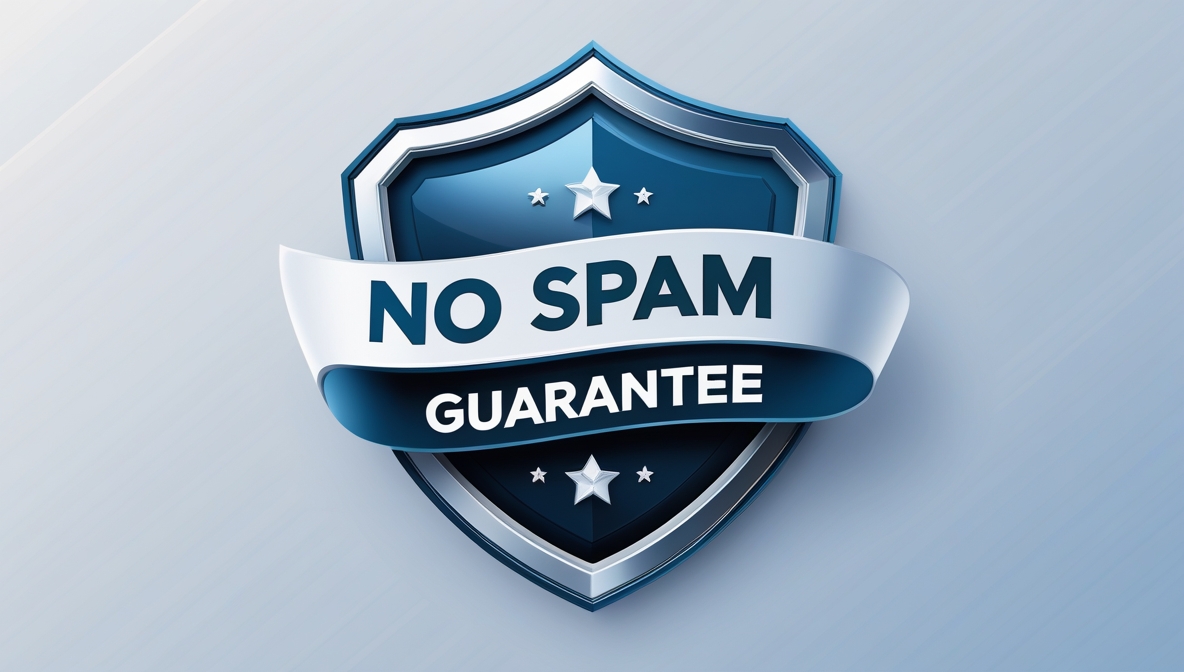Downloaded 26 times
Chief Information Officer (CIO) as Drivers of Organizational Performance
This research paper introduces a model that links the CIO role with organizational performance and highlights the critical factors contributing to the chief information officer (cio) role and ultimately, IT success.
Signup for Thought Leader
Get the latest IT management thought leadership delivered to your mailbox.

Our 100% “NO SPAM” Guarantee
We respect your privacy. We will not share, sell, or otherwise distribute your information to any third party. Period. You have full control over your data and can opt out of communications whenever you choose.